This is the 26th in a series of posts on the Hasselblad X2D 100C camera and the XCD lenses. You will be able to find all the posts in this series by looking at the righthand column on this page and finding the Category “X2D”.
I’ve been doing a lot of quantitative work on the X2D color for the past few days. I’ll show you that soon. But first I’d like to show you what happens when you used four different development methods:
- Lr Classic, Adobe Color Profile
- Lr Classic, Adobe Standard Profile
- Lr Classic Camera Standard Profile
- Phocus, Standard Profile
All of these images were white balanced to the second gray patch from the left on the Macbeth card. You can see that the Phocus white balance algorithm is quite different from Lightroom’s (which I believe is Bradford).
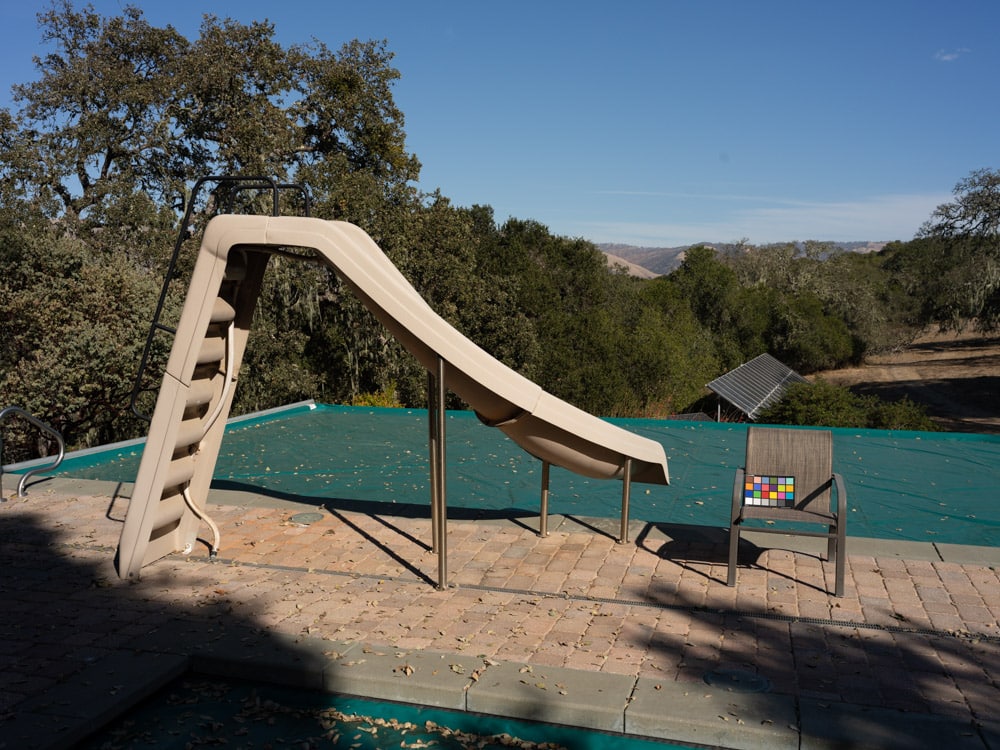
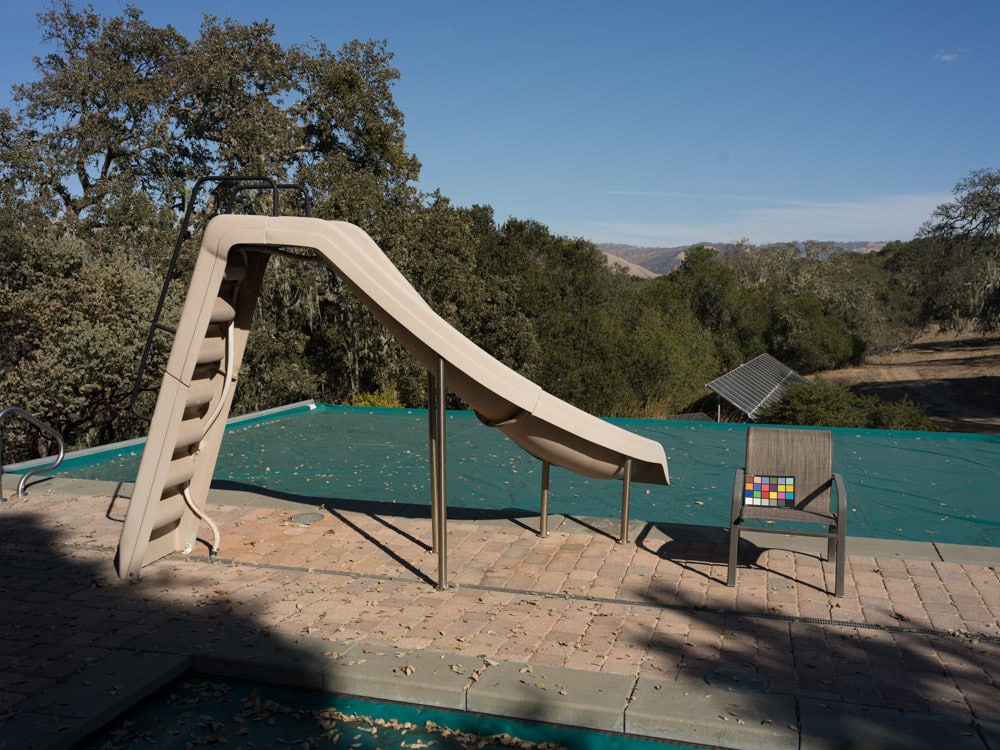
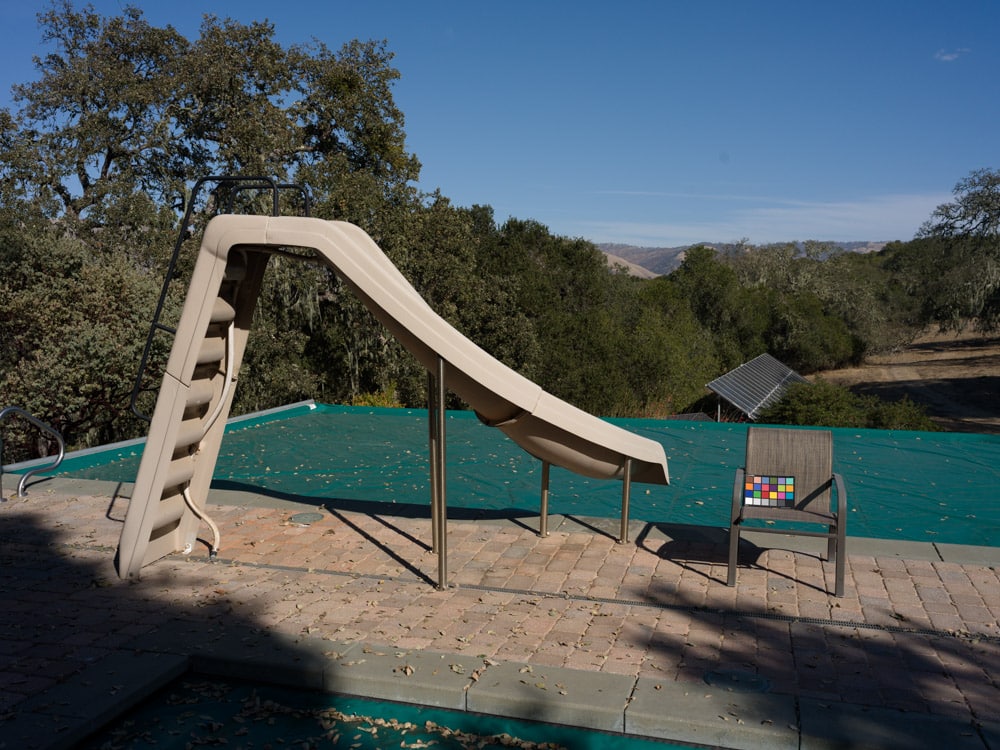
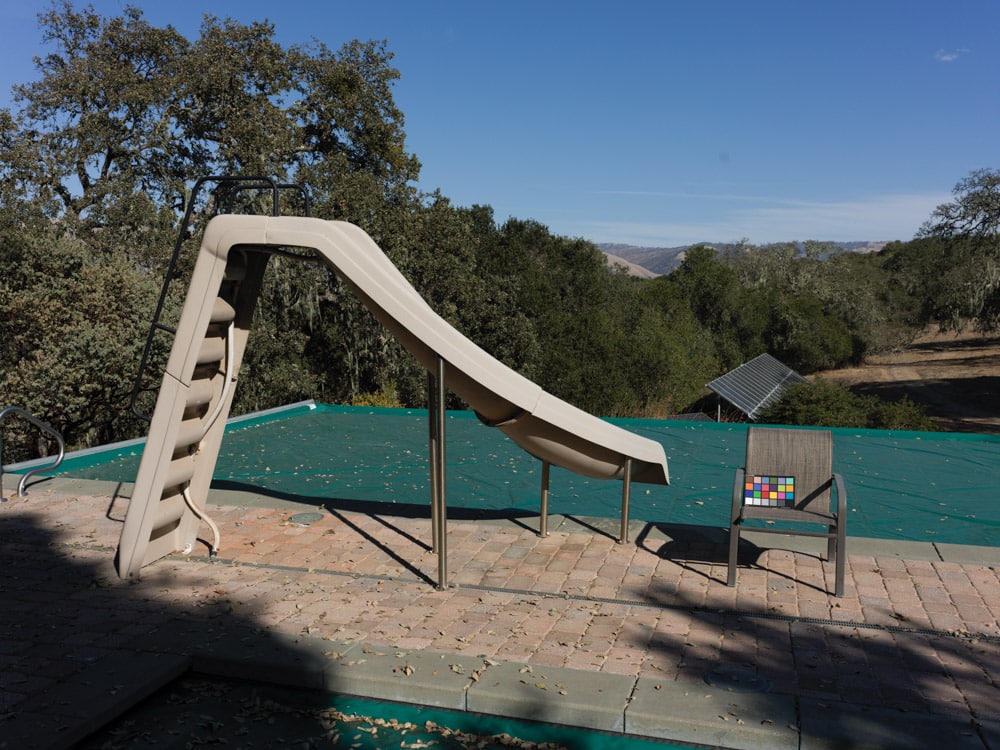
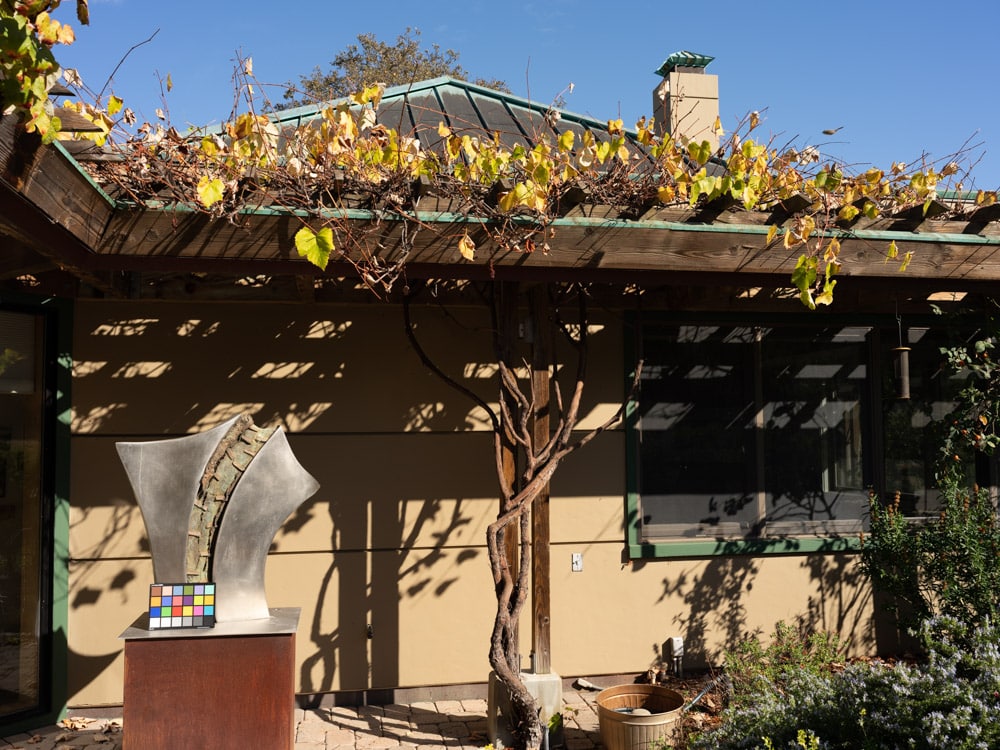
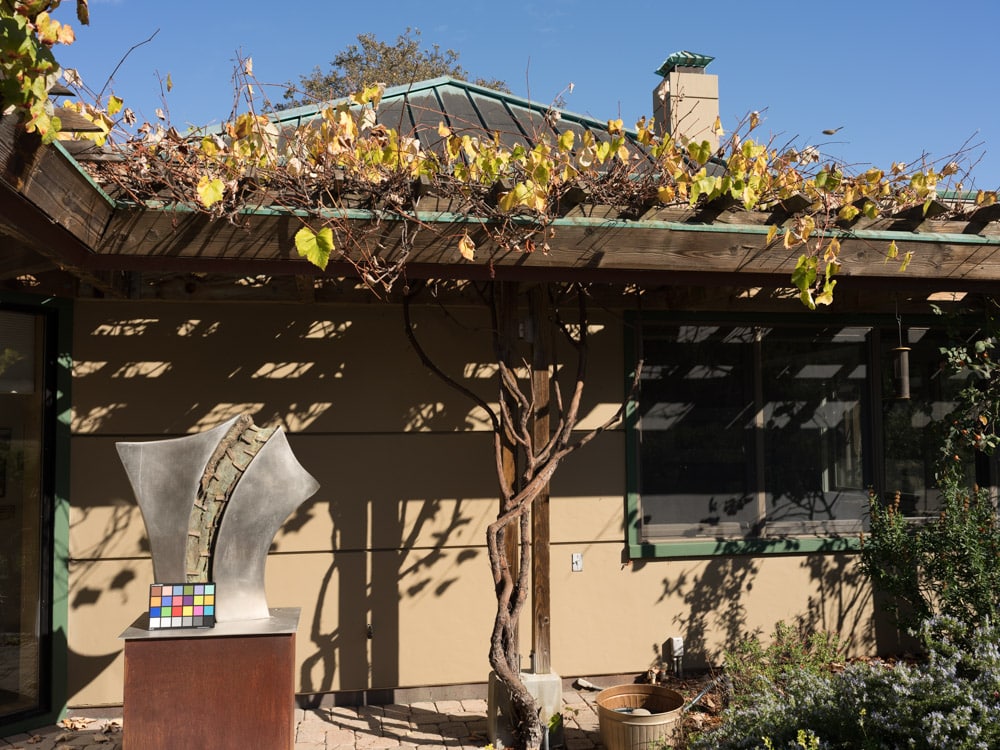
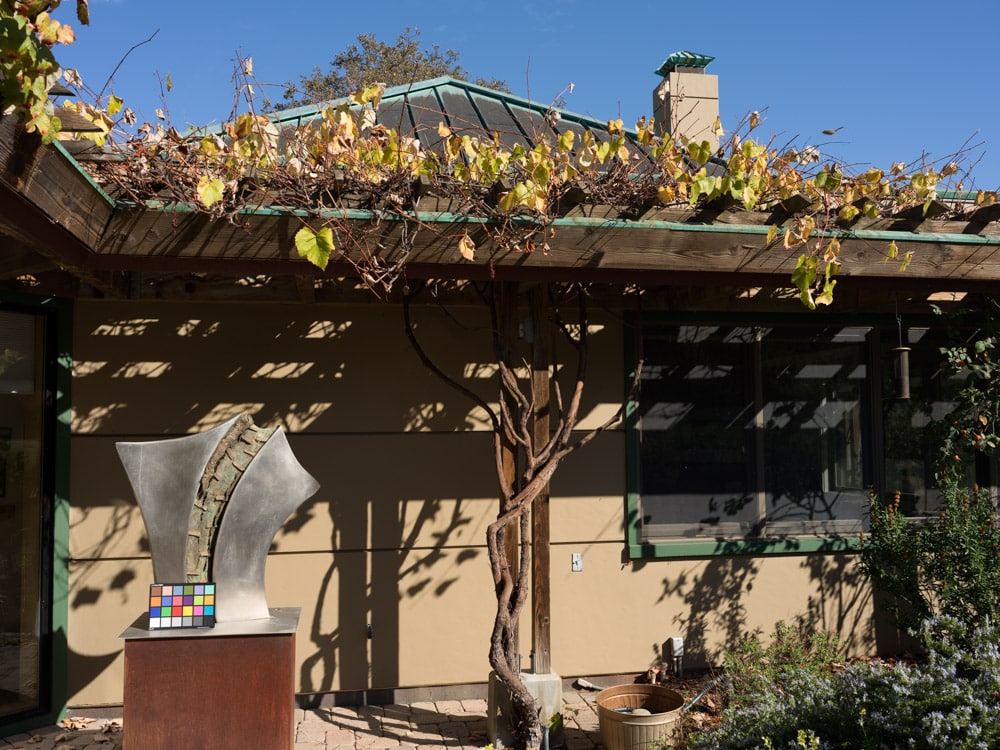
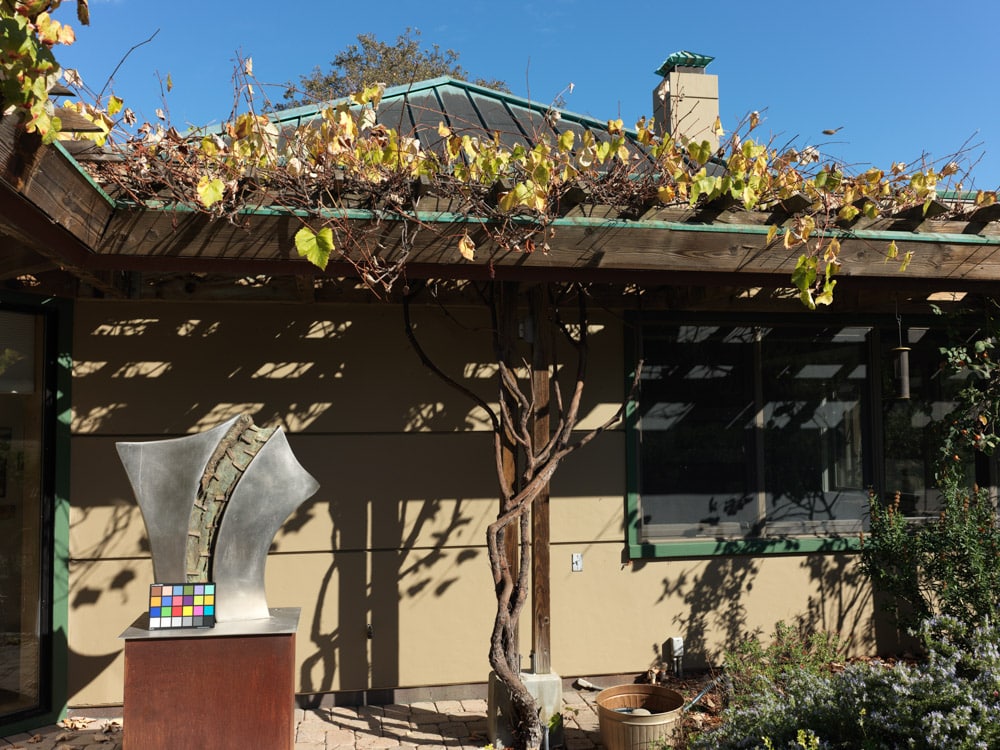
Now a scene with highly mixed lighting.
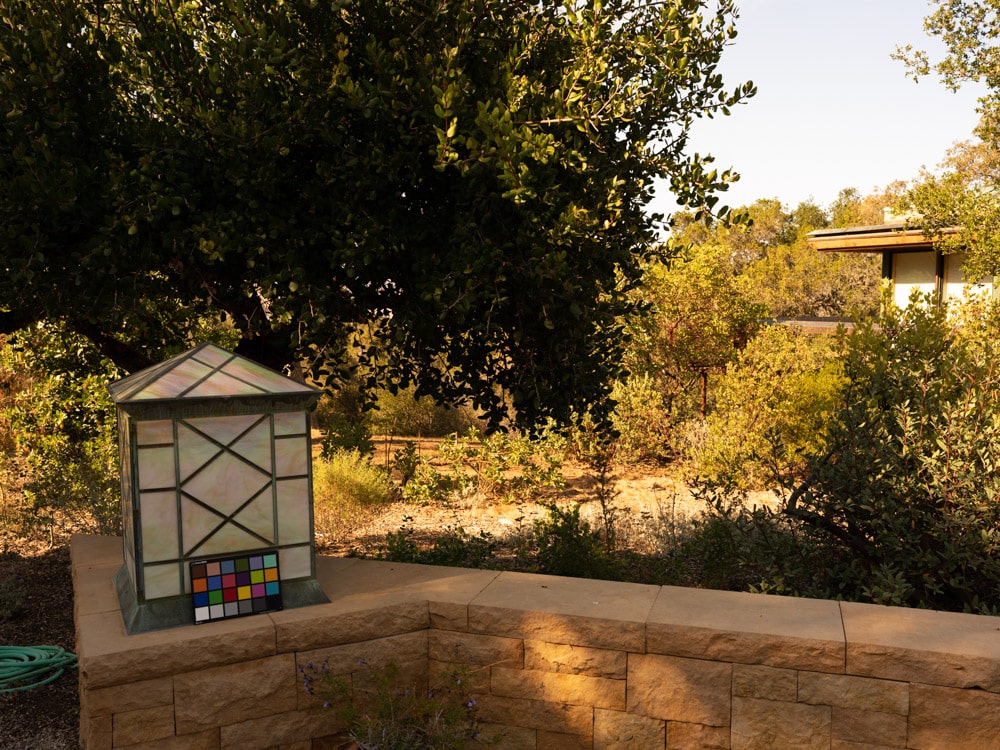
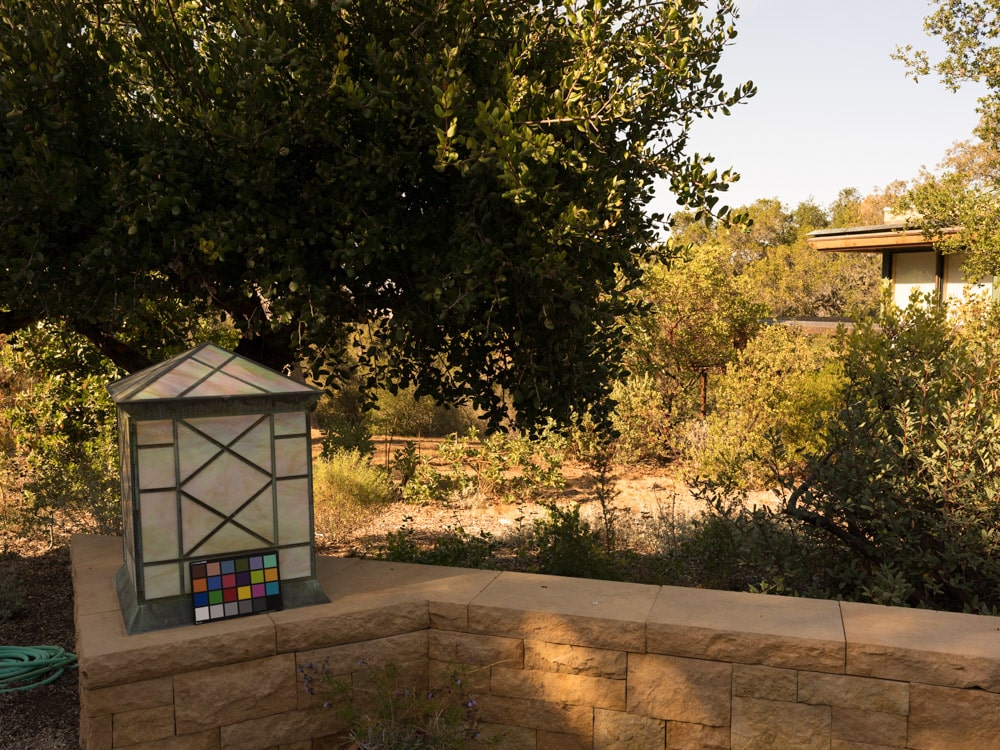
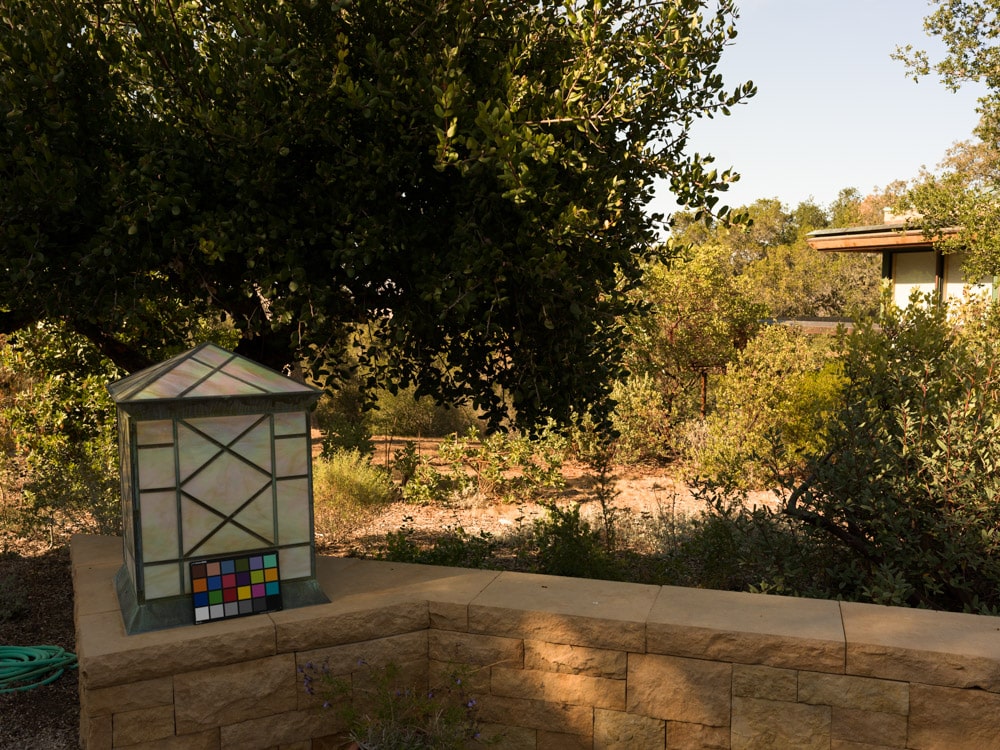
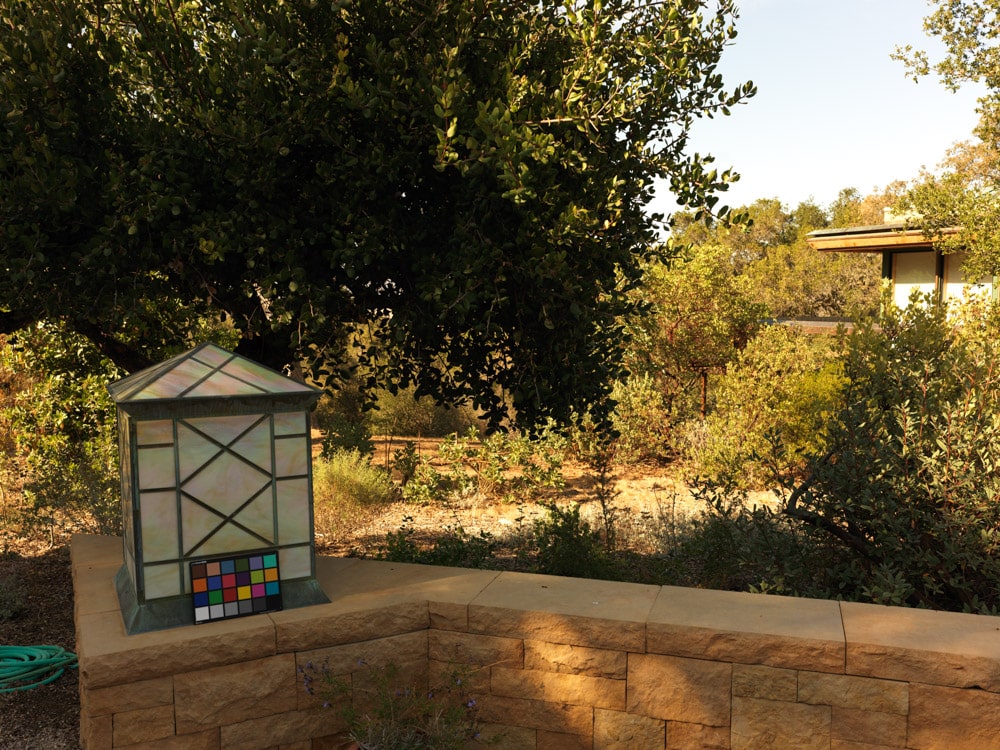
And finally, an indoor scene, lit by a high clerestory window.
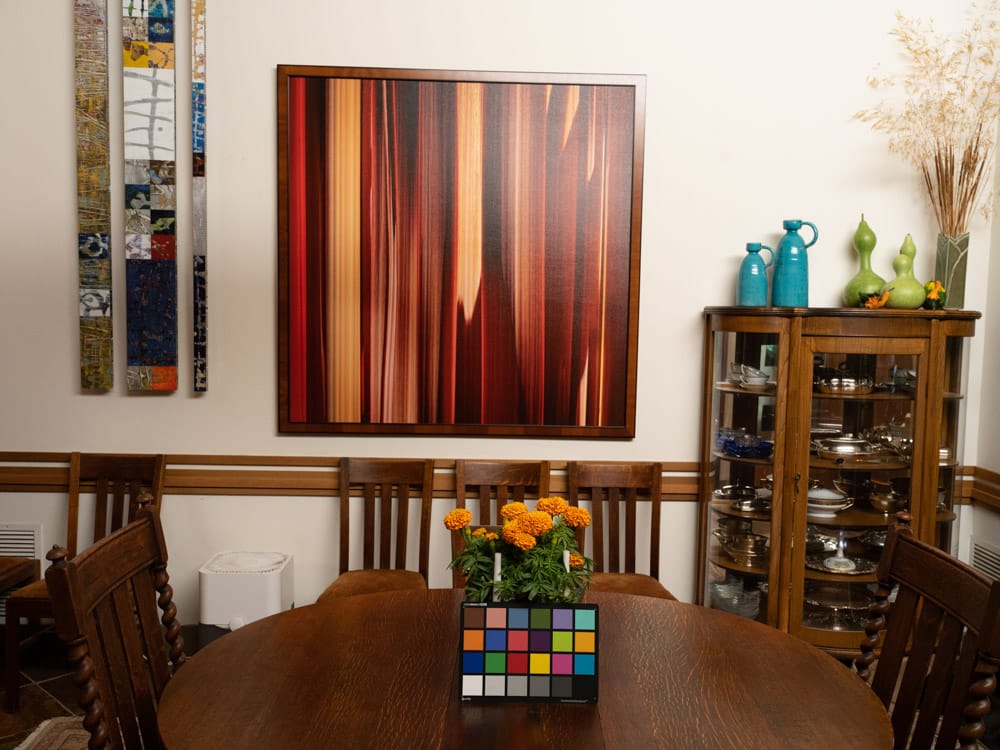
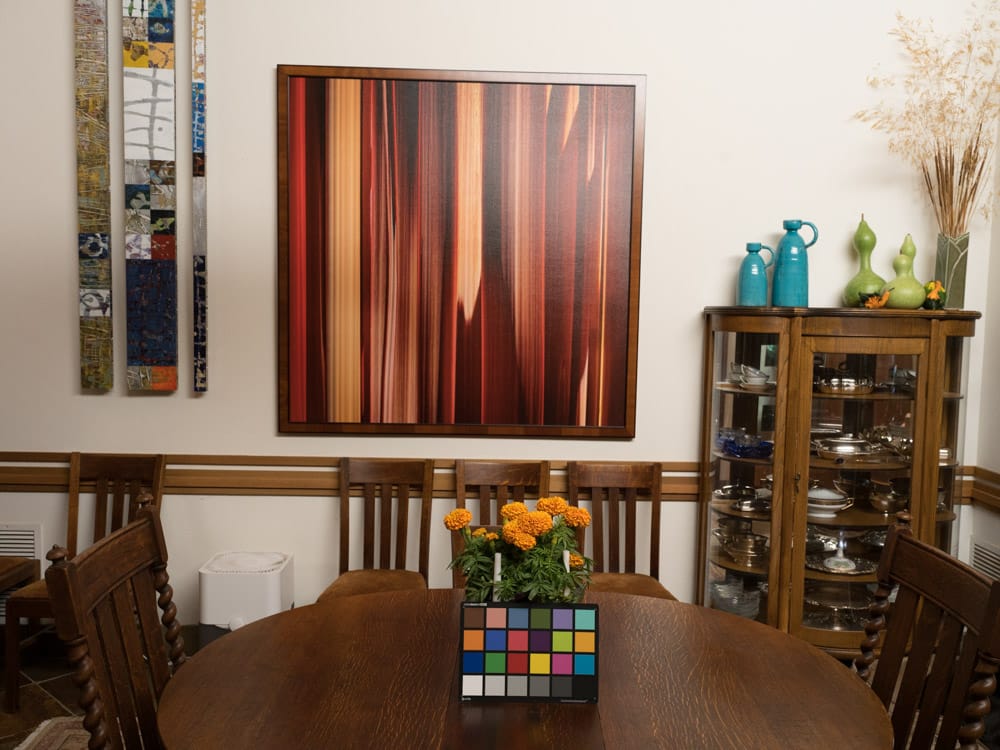
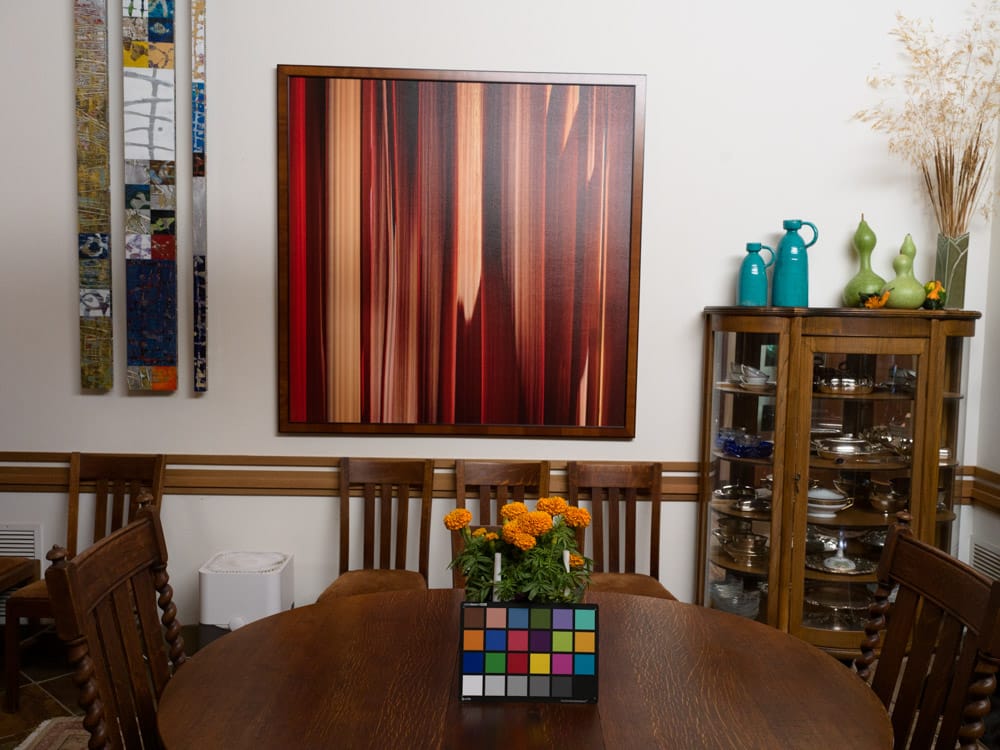
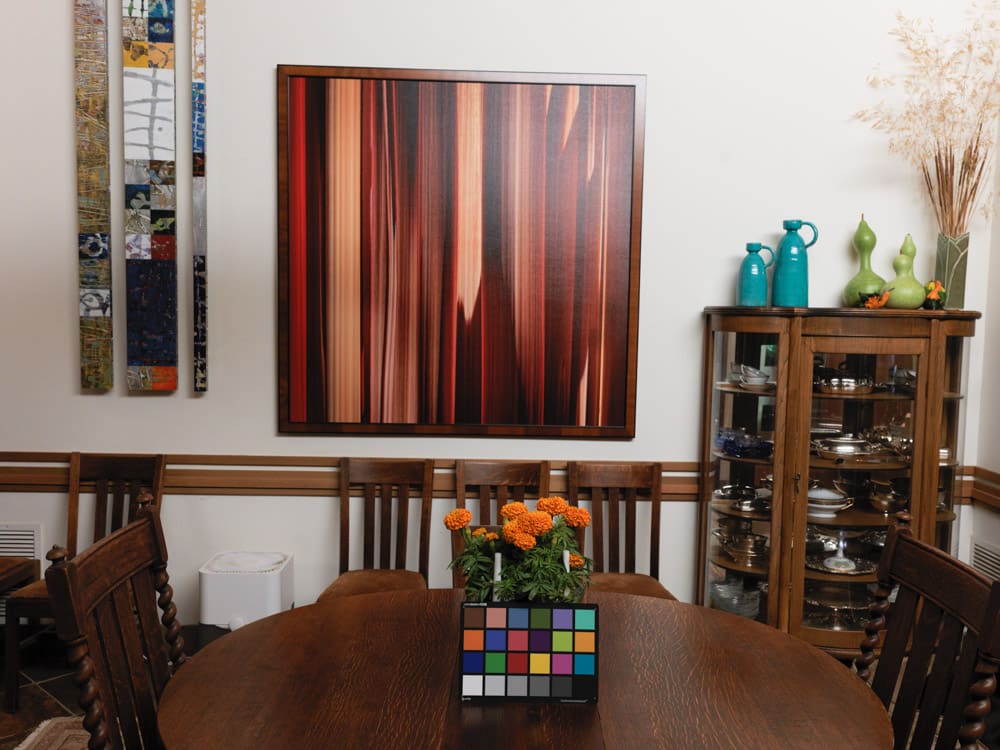
I’ll refrain from commenting. Tomorrow I’ll post some quantitative data.
my take is, on my HP Z30i screen (quite old now, but highly regarded at its prime) is that adobe colour is good, adobe standard is poor, camera standard is questionable (esp. in the shadows) and phocus is best. Your sensor is dirty – see first pic. Are these all srgb? how do they look in wide gamut? Especially the greens which are a problem for any digital camera. My impression is that not’s much been done here for the past decade or so.
perhaps I should have clarified: both of the ‘adobe’ profiles are too yellow, but the ‘standard’ is poor because it is too dull. The ‘camera standard’ is poor also because the highlights become pink. ‘Phocus’ seems to make the colours just right and the contrast also. But ultimately these differences don’t amount to much as any person buying this cam is presumably doing post-production on the shots and the colour ‘accuracy’ will be heavily skewed to their preferences anyway.
I’d still love a cam which could do ‘good’ greens – ie as I see them…. Not that that was ever an option with film.
When you say they are too yellow, do you mean the square that I white balanced too is too yellow?
I mean that the overal scene seems rendered too yellow (compared to phocus)
I’m working on a study of the effects of white balance in Lr and Phocus.
I like the more vivid Adobe Color profiles for the first two outdoor scenes. The Phocus Standard is the clear winner to me in the mixed light and indoor scenes, though Adobe Standard also looks good to me for the mixed light shots.
I’m very curious to see how color rendition compares between Hassy and GFX.
I have found that gfx 100s colours are very interesting and pleasant however they require fiddling to be as close to what the eye saw in reality as with my X2D, it is quite magical at how it renders light and colour differently with the same sensor. This is especially true with skin tones of humans. I have noticed that Phocus does the best job at converting X2D raw so I don’t bother with doing it in other software. To load and export takes little time as I do not spray and pray for my work. The examples above are rather subtle but it can be far more pronounced in areas at times as if adobe were to be crushing colour range soo I stopped trying to match the output of Phocus and just use Phocus for basic raw editing. Phocus has gotten soo much better with its revision soo I don’t mind. Why spend that much on a camera too then limit its output because of a single step to retain its fantastic starting point.
Late to the party but I wonder if you can share these files in greater definition? I would like to attempt repro’ing the color rendition by Phocus in Lightroom.
I also noticed greater amount of vignetting in the adobe processed version than Phocus’s version. Have you turned on lens correction on both software?